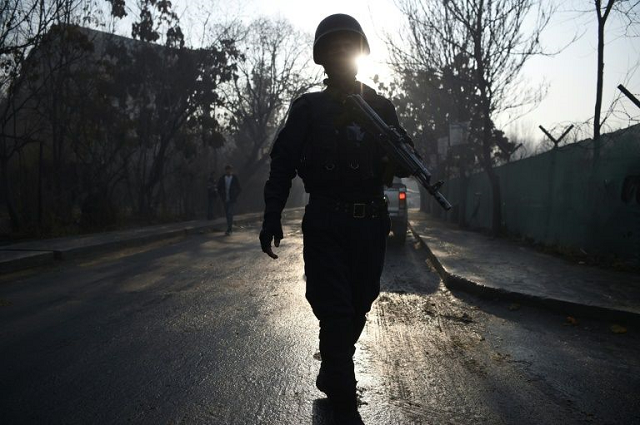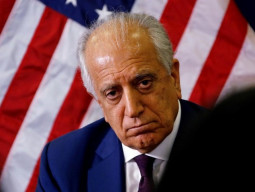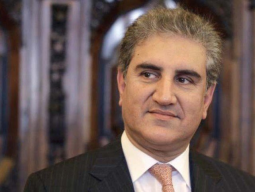
This week, Khalilzad announced the “in principle” agreement with the Taliban, which President Ashraf Ghani “has seen” and “key details” were shared with him, said his spokesman, Sediq Seddiqi. According to the agreement, the US would pull out 5,400 troops from 5 bases within 135 days.
Before we decipher recent events, let’s refresh our memory about the four key points of the peace talks: American withdrawal, assurance by the Taliban their land wouldn’t be used by terrorists, Taliban talks with the Kabul regime, and ceasefire. The Kabul regime has been continuously rebuffed by the Taliban who refuse to talk to it because they label it a “puppet” regime. The ceasefire issue needs a little explanation. The Americans demand the occupying soldiers not be attacked while they head towards the exit. It doesn’t mean violence in Afghanistan would be generally reduced.
Hours after Khalilzad’s announcement of the agreement which he said President Trump has yet to approve, there was a suicide attack in the Green Village in Kabul, where international organisations and aid agencies are housed. Apart from killing 16 and wounding over a 100, it stirred anger among the local residents. They demanded of foreigners to withdraw from the neighbourhood as the offices were a magnet for violent attacks, endangering lives nearby.
The Taliban claimed responsibility for the attack, which brings us to the fourth point in the peace talks; the Taliban talking to the Kabul regime. Before talking to Ghani’s government, the Taliban is, for the umpteenth time, displaying strength by creating mayhem. They want to negotiate with Kabul from a position of strength. The strategy of a storm before the calm has been working for them and they see no reason to change course. It was this ability to create mayhem that brought the Americans to the negotiating table in the first place.
Khalilzad has stressed that the agreement mandates the talks between the Taliban and the Kabul regime happen before the Afghan presidential elections due on September 28. What is also important is how he seems unmoved by the violence in the last few days. Clearly, as long as withdrawing troops are not ambushed, bloodshed will not register a blip on his radar.
The purpose is — and the Americans seem to be alright with it — for the Taliban to achieve a monopoly over violence in Afghanistan which could be the only way to maintain there. Once the Americans leave town, the support for Afghan forces will dwindle because the troops’ safety is important to the Americans, not the average Afghans or the Afghan forces.
Moreover, there is a good chance that Afghan soldiers would desert in huge numbers and join the Taliban, taking with them valuable American military hardware. The monopoly over violence would compel the Taliban to stop at nothing in order to maintain the status quo, which would mean the Taliban denying their land to be used by any terrorist group; a key US demand in this entire peace process.
Published in The Express Tribune, September 5th, 2019.
Like Opinion & Editorial on Facebook, follow @ETOpEd on Twitter to receive all updates on all our daily pieces.











































COMMENTS
Comments are moderated and generally will be posted if they are on-topic and not abusive.
For more information, please see our Comments FAQ